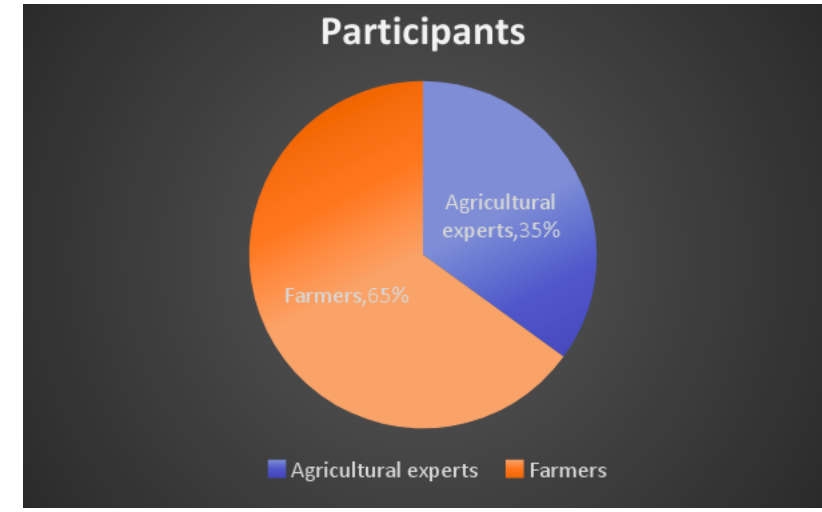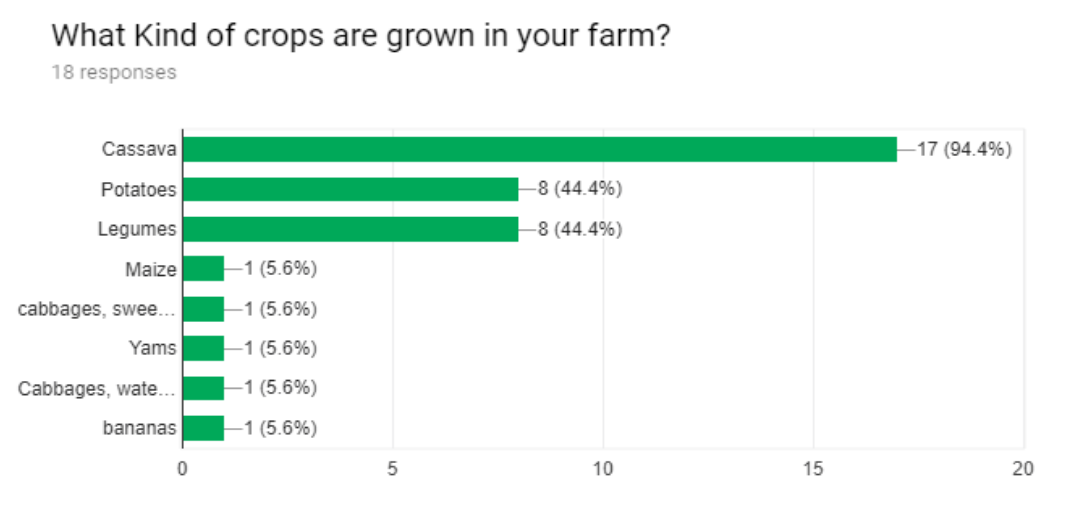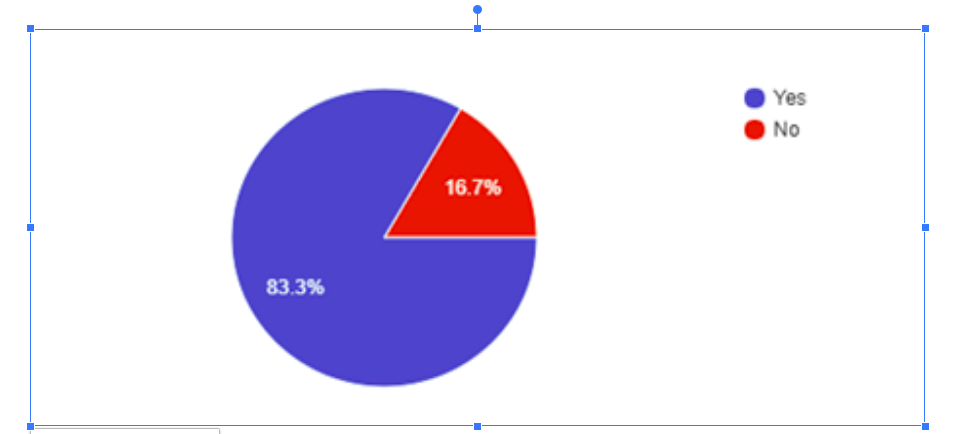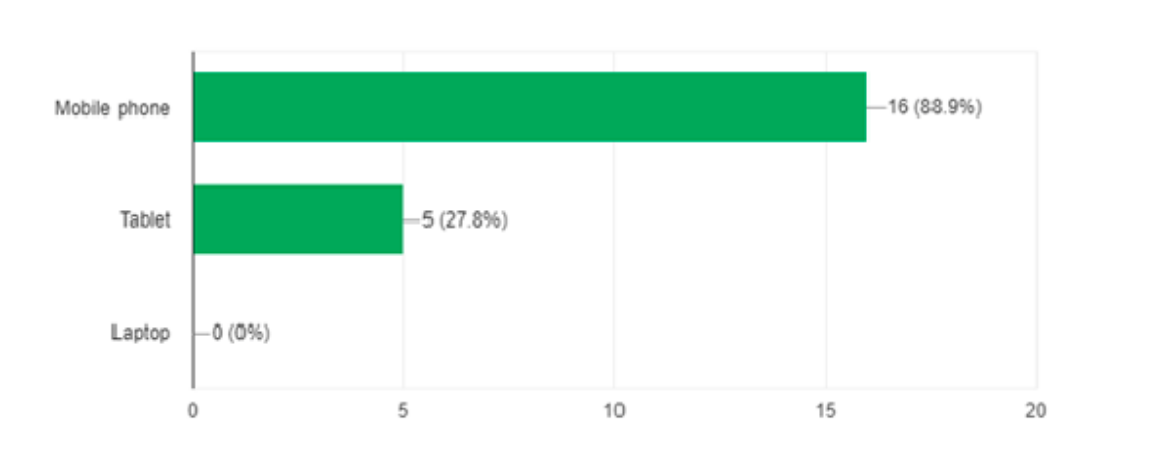We carried out a survey to understand the sentiments of farmers and researchers on the use of an automated approach to diagnose Cassava diseases
The respondents involved in this survey were 7 agricultural experts working at National Agricultural Crop Resources Research Institute (NaCRRI) at Namulonge and 13 farmers at Mukono Bukelele division. All the individual members of the team were responsible for interviewing the respective agricultural experts and farmers. We decided to interview two groups of people; the farmers and the agricultural experts. The farmers are those that grow cassava for either subsistence or commercial purposes so they are involved with the cassava crops fulltime and therefore provided relevant information for our research.
The Agricultural experts identified the common diseases that affect the cassava leaves which included cassava mosaic disease, cassava brown streak disease, cassava bacterial blight and cassava green mite disease. We obtained information about the cassava diseases, their symptoms, how they affect cassava growth, their causes, and how they can be controlled. The table below shows a summary of the results about the diseases from the interview.
| Disease | Causes | Symptoms | Control Mechanism |
|---|---|---|---|
| Cassava Mosaic | Virus, spread by the whitefly vector | Wrinkling and yellowing of leaves | use of resistant varieties |
| Cassava Brown Streak | Brown Streak Virus, spread by the Whitefly | Yellowish dots along leaf’s veins | Breed resistant varieties |
| Cassava Bacterial Blight | Bacteria, pathogens in the air, enter injured eg afer a storm | Wilting of the leaf right from the apex | No much research has been done on this disease |
Professional Profile Summary

Respondents were asked about their different professions. It is important for us to know the segments of potential users and how they might use our research. The breakdown consisted of 65% farmers and 35% agricultural experts.
Types of cassava Grown
The respondents chose the crops they specialized in from a list of crops that we provided them with. The results were as follows; Cassava (94.4%), Potatoes (44.4%), Legumes (44.4%), Maize (5.6%), Cabbages (5.6%), Yams (5.6%), Bananas (5.6%).

Would they pay for an automated diagnosis tool?
Of the people we interviewed, 83.3% were positive towards the automatic based technique solution and would be willing to pay for it unlike 16.7% who would not pay for the tool because they prefer using naked eyes.

Devices preferred for leaf Diagnosis
88.9% of the respondents would be comfortable using mobile phones to perform leaf disease diagnosis, 27.8% would find it convenient to use tablets. The responses are shown in the figure below;

Conclusion
Our initial research survey discovered that farmers and researchers alike are positive towards the use of an automated approach for diagnosis of cassava diseases. it also taught us that local farmers in Uganda have limited knowledge concerning the different diseases affecting their cassava crops and possible control measures. It’s from this survey that we shall start building the foundations of MwogoNet.